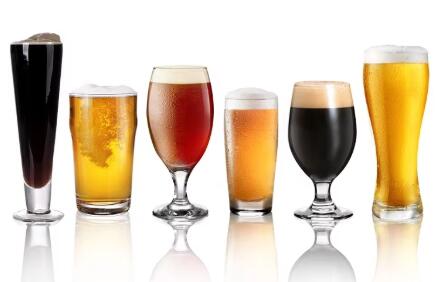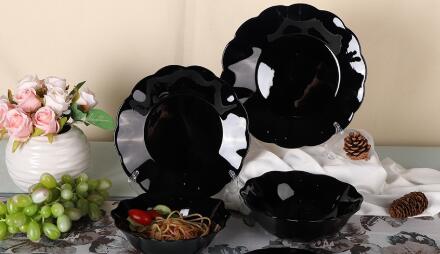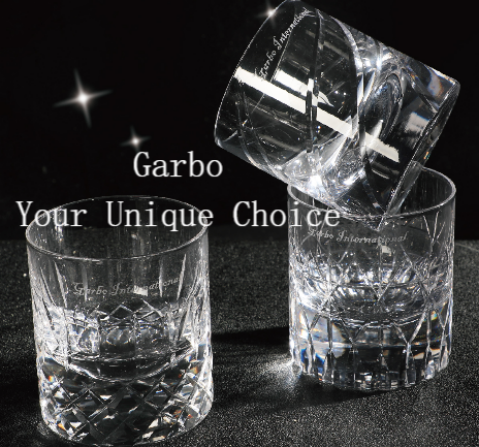Top 10 Beer Glasses That Beer Lovers Should Know
Pulished on Aug. 10, 2025Beer tasting can be a very pleasant thing, and paying attention to the wine glasses is also beneficial to bringing out the true colors of different beers. Beer has a rich cultural background, and the wine glass is a door to understanding beer culture. Therefore, it is also very interesting to drink different beers with different wine glasses.
As a vessel for holding beer, glasses of different materials and shapes will allow you to experience different changes in smell and taste when drinking beer, see different color expressions, feel more subtle differences, and even the beer foam will be different. So from an objective scientific point of view, it is necessary to use different beer glasses to drink different beers. So how many beer glass cups do you know?
1. Flute-shaped Glass
This is a very common high-heeled glass. Many people have this kind of glass at home. It is generally suitable for crystal clear champagne. For beer, its narrow and long shape can ensure that the foam stirred up by the beer will not disappear too quickly, and it can show the surge of bubbles better. In addition, if the color of the beer is clear and bright, it will look very gorgeous. It is a wine glass that emphasizes visual effects. At the same time, the high-heeled design is very elegant, and it is easy to keep the beer at a low temperature in the glass. It is suitable for many types of beer.
Generally, American pale ale, French pale ale, German bottom-fermented pale ale, and Czech Pilsner are very suitable for this glass because they are generally transparent golden in color. There are also Belgian fruit, Faro, Gueuze, Flanders Red Ale, and German bottom-fermented dark beer (Dunkel, Schwarzbier), seasonal bock (Weizenbock), ice beer (Eisbock), etc. No matter what color the beer itself is, it has basically been disinfected and become transparent, so it is suitable for using a flute-shaped glass.

2. Holy Grail
This type of cup generally has several characteristics: a large opening, shallow depth, a wide and flat bottom, a thick cup, and a slender neck at the bottom, which looks very majestic. This type of cup was used to hold holy water in the past, so some people call it the "Goblet of Fire". Many holy grails are inlaid with a circle of metal edges at the mouth of the cup, and the sound when clinking the cups is very pleasant. Cups like the Holy Grail emphasize the performance of foam, so beer with fine foam that is generally two fingers wide is served in the Holy Grail. This wide-mouthed and shallow cup also helps to generate more bubbles in the liquor to supplement the thickness of the foam layer and slow down the speed at which the foam disappears.
Here are not many types of beer that use the holy grail, but they are basically excellent beer types, such as Trappist, Abbey Beer, Strong Ale, Strong Dark Ale, Dubbel, Tripel, and Berliner Wheat Beer from Germany, all of which are suitable for this kind of cup.
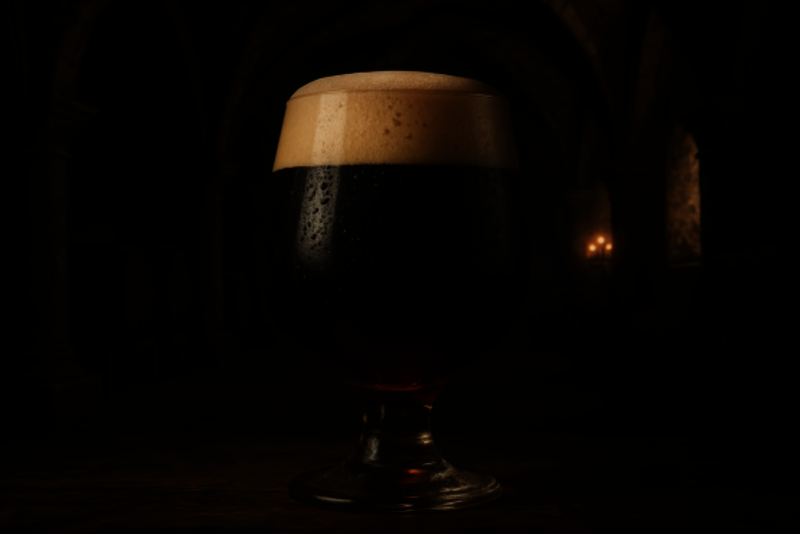
3. Draft Beer Cups
Draft beer cups are the most commonly used type. Domestic restaurants also use this type of beer cups. They are generally large, thick, heavy, with handles. Regardless of the shape or capacity, they are very sturdy and convenient for clinking glasses. The thick wall of the cup does not affect the low temperature of the beer when held in the hand for a long time, making them very suitable for drinking. There are also some special designs, such as the German cups with lids, which are designed to prevent flies from flies in, but they are rarely seen in China.
The draft beer mug is suitable for the most beers, including American, German, European, and most beers in the world. Most beers emphasize clinking glasses and drinking freely, and are served at low temperatures. However, beers like Belgian beer that emphasize flavors are basically inconsistent with this type of beverage.
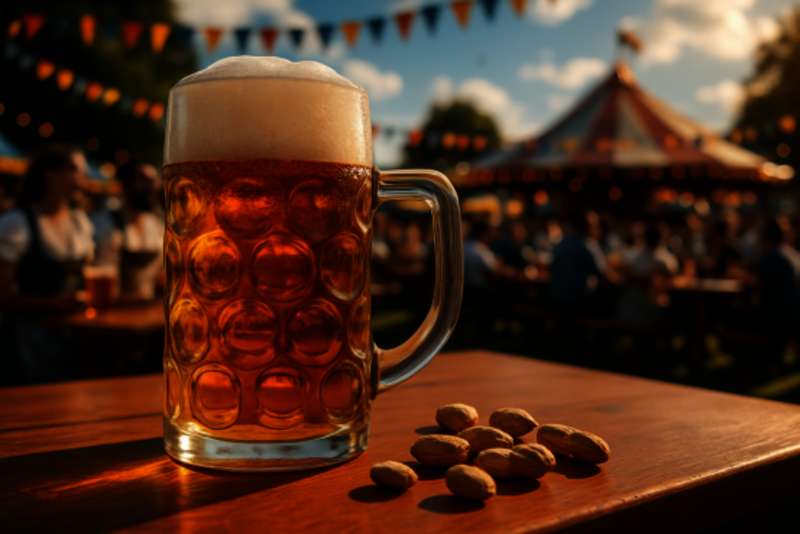
4. Pilsner Cup
After the Americans developed the Pilsner beer cup, its variants finally spread around the world. The Pilsner has become the most widely used beer cup after the draft beer cup. It is usually thin and long, with a large mouth and a small conical bottom, and is relatively thin, likes a horn. It emphasizes the crystal clear color of the Pilsner beer and the process of the bubbles rising. In addition, the wide mouth of the cup is to retain an appropriate foam layer on the top and ensure its retention time. It basically meets the original design intention of the Pilsner, which is clear, golden, with many bubbles and suitable for drinking.
The Pilsner has a wide range of uses. It is suitable for American pale beer that we drink every day, as well as German bottom-fermented beer and European pale beer.
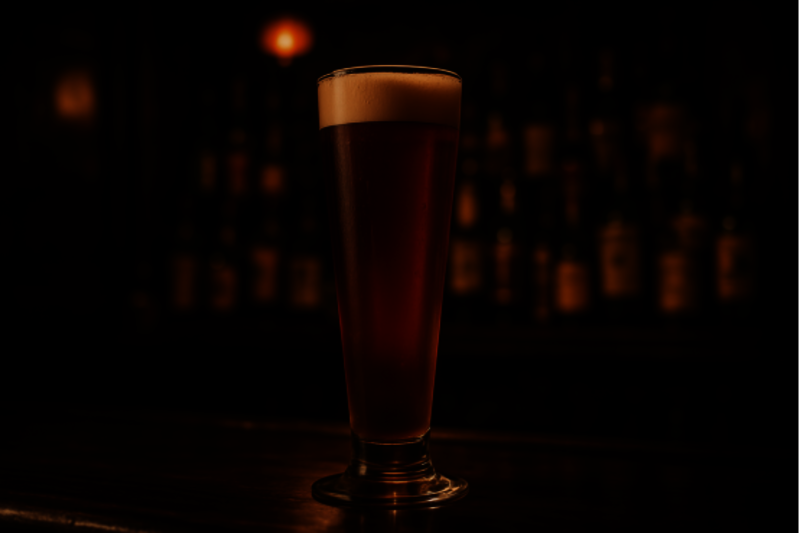
5. Pint Glass
The pint is generally cylindrical with a slight cone-shaped shape. The mouth of the cup is slightly larger, and there is a circle of protrusions near the mouth of the cup, which is easy to hold. The protrusions can also help the foam and the smell of the beer itself to be retained for a longer time.
The pint is generally suitable for British beer, whether it is mainstream top-fermented beers such as British pale ale, brown ale, dark ale, top-fermented dark beers such as Stout and Porter, or India pale ale (IPA), American style IPA, American Pale Ale etc. This pint is suitable for many novel and strange top-fermented old-fashioned beers.
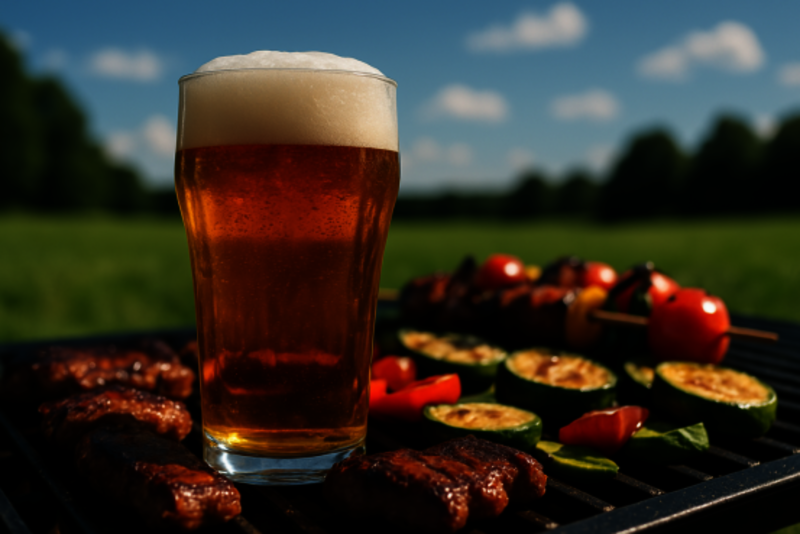
6. Tulip Cup
This kind of cup is also very common in our homes. It is usually used to drink brandy. It generally has the characteristics of a wide and flat bottom, a narrow mouth, a shallow glass, and a relatively thick neck. This kind of cup is used for beer to capture the aroma of the beer itself, so that all these flavors remain in the smaller mouth of the cup. When drinking, our nose will be exposed to the highest density of odors in the cup. In addition, the design of a large cup with a small mouth is also convenient for shaking the glass to stir the beer, which promotes a faster dilution of the sediment in the beer.
This tulip glass is suitable for all kinds of strong-flavored beers with sediment, such as American Barleywine, strong Ale, dark Ale, Dobble IPA, Dobble Stout, Belgian Pale Ale, strong Pale Ale, strong dark Ale, Fruit, French soft, mixed brews, etc., as well as some old-fashioned top-fermented beer styles.
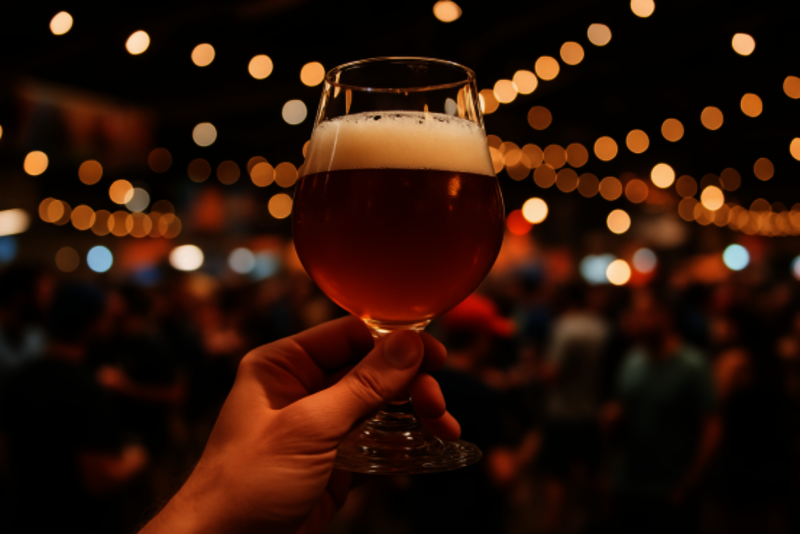
7. Open Mouth Tulip Glass
Another type of open tulip glass is also quite common. It emphasizes the performance of foam on the basis of the characteristics of the tulip glass, so the opening is opened to allow more foam to appear.
This type of beer glass are the same as the tulip glass. Some beer glasses that emphasize foam more, such as American light ale, Belgian strong ale, dark ale, Flanders red ale, etc. are more suitable for this type of open tulip glass.
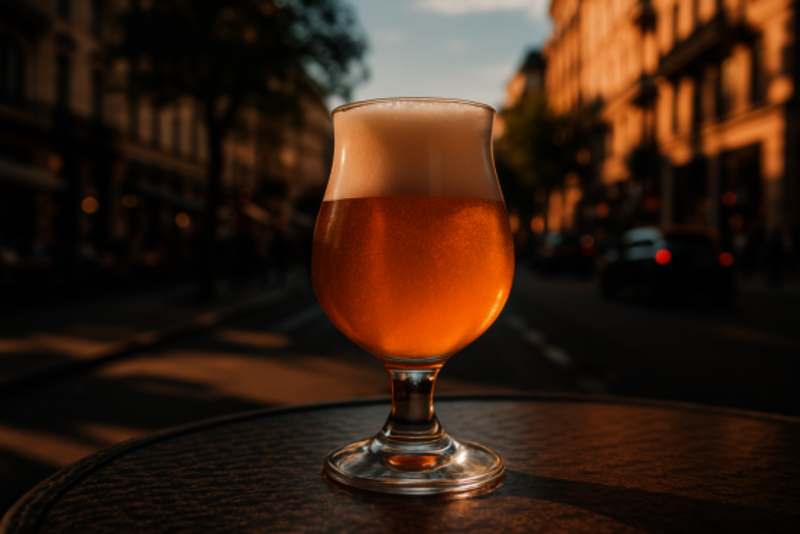
8. Straight- mouthed Cup
This is a very traditional German style straight-mouthed cup, which is basically thin, long, and cylindrical. It is used to hold clear bottom-fermented beer. This cup allows you to observe the flow of bubbles inside the beer, and it is more enjoyable to drink.
This cup is generally suitable for Czech Pilsner beer and German bottom-fermented beer. Of course, some clear wines that can observe the rising bubbles can also be used, such as Belgian French soft, mixed, fruit beer, German Bock strong beer, etc.
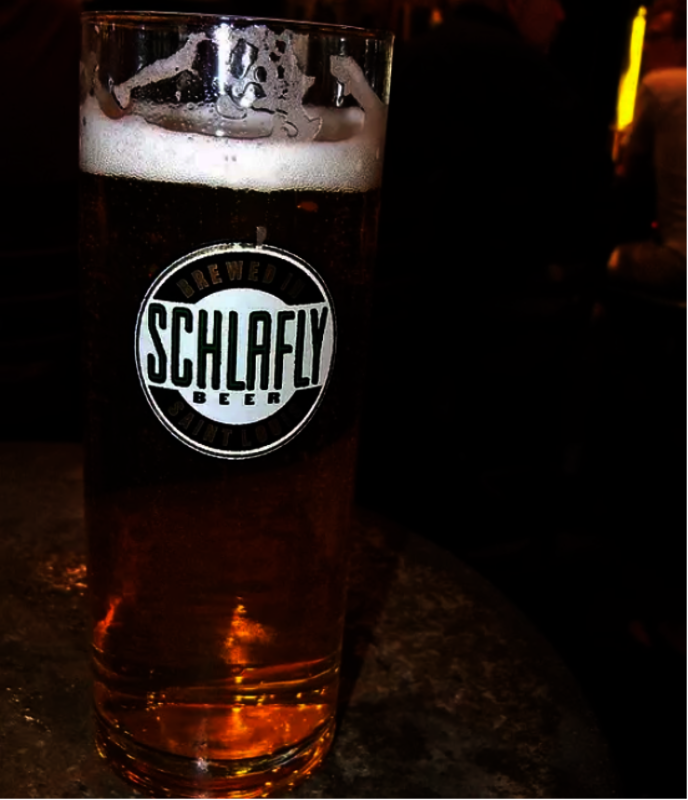
9. Wheat Cup
The wheat cup is a beer cup in the style of German wheat beer. Its shape is close to the shape of wheat. It is slender, narrow at the bottom, wide at the head, and closed at the opening. It emphasizes the cloudy appearance and color of the wheat beer itself. The large top and small opening are to allow more foam to remain on it and preserve the unique fruity aroma of wheat beer.
This kind of cup is less suitable. German wheat beer (Weizen), semi-yeast wheat beer (Hefe Weizen), wheat dark beer (Dunkel Weizen), strong wheat (Weizenbock), etc. are all suitable, as well as some American wheat beer (Wheat Ale).
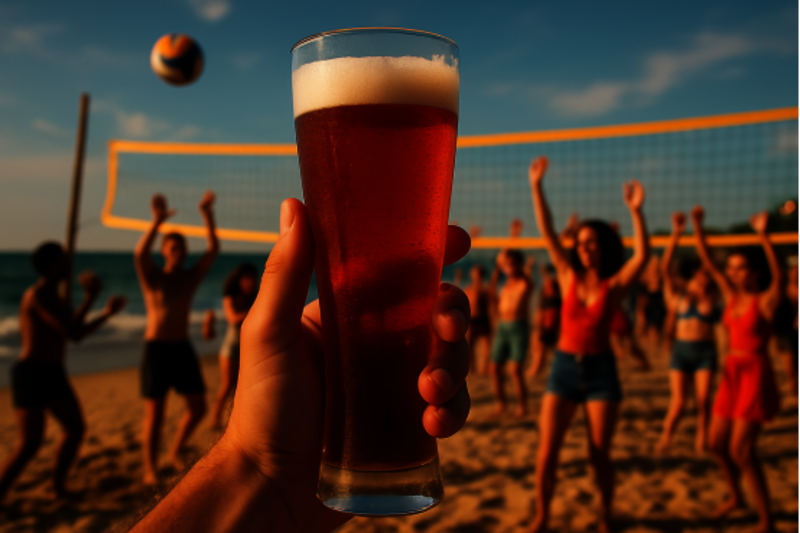
10. Dark Beer Cup
This dark beer cup is generally only suitable for German bottom-fermented dark beer, which has a small audience. It has a unique shape, with a thin and short bottom and a wide top. It is actually a design that is very easy to hold. The thin and short bottom design allows you to observe the color of the dark beer itself, and the wide top is designed to retain more foam. This type of glass is only suitable for German bottom-fermented dark beer (Schwarzbier), and some similar beers from other regions are suitable for use.
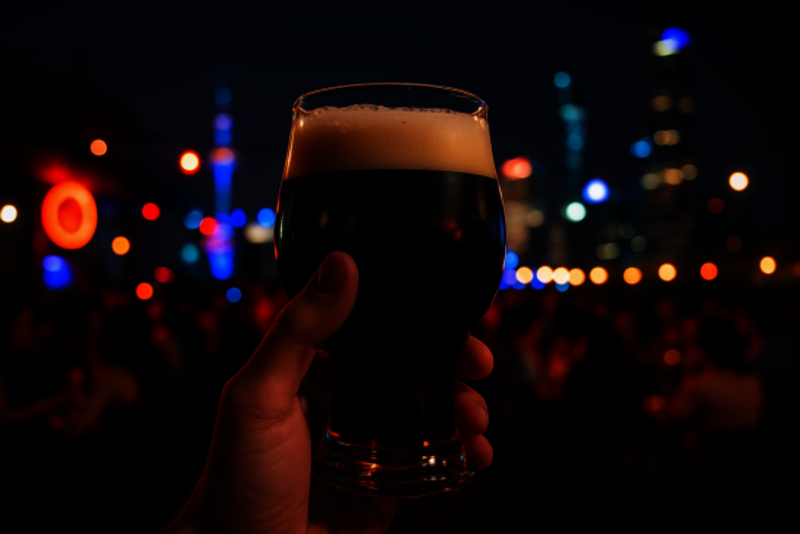
There are almost 10 types. If you have them all, you can basically handle any beer.







